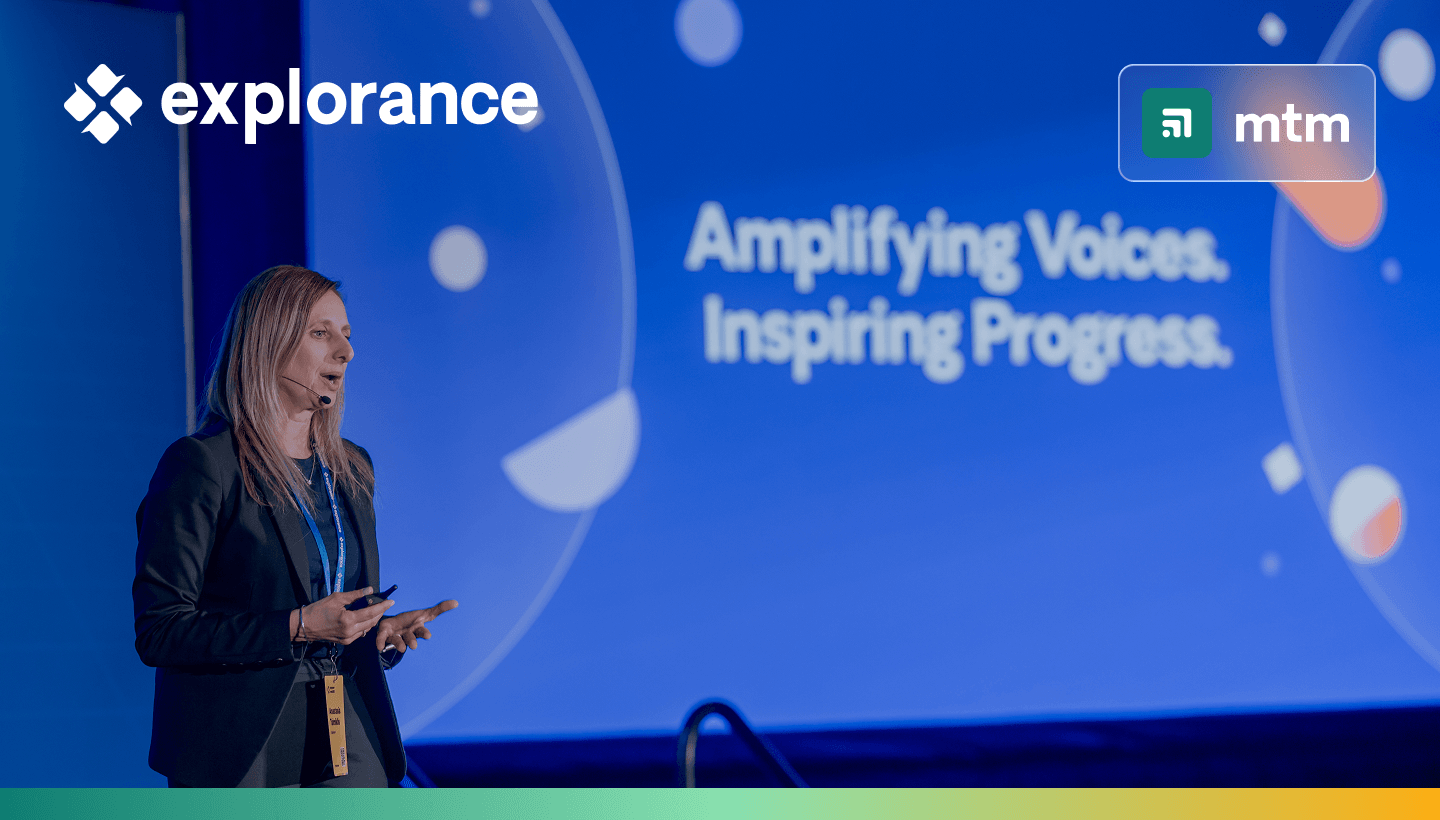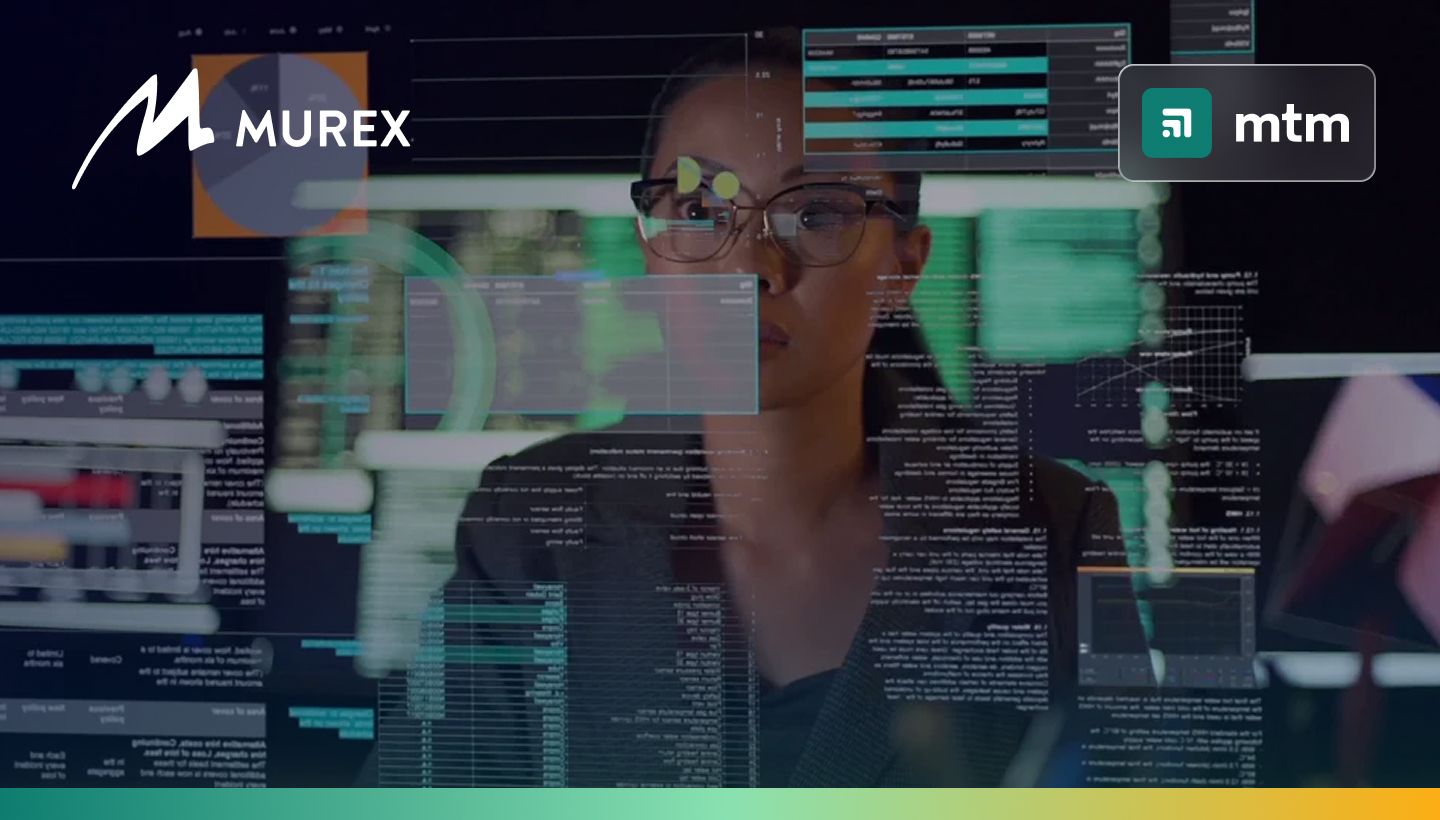Explorance World 2026: Register now!
Sign up by Feb. 27, 2026, to lock in Early Bird pricing.
Get Your Explorance World 2026 Ticket Explorance Blog
Keep up to date with the latest information, tips and tactics about feedback analytics and insights
Featured Articles

Faster, Smarter, More Accessible Feedback Analytics with Explorance Blue 9.6
Explore the latest Blue 9.6 update, featuring faster report generation, full accessibility compliance, improved project management, and enhanced AI-powered feedback analysis
3 min read

How to Bridge the Gap Between Learning Measurement in a Skills-Based World
Practical ways to connect skills, measurement, and business outcomes for effective L&D in a skills-based workplace.
11 min read

Shaping Explorance World into a World-Class Learning Event with Explorance Metrics That Matter
See how Explorance leveraged real-time feedback analytics to enhance session quality, boost attendee engagement, and drive measurable learning impact at Explorance World.
4 min read
Latest Articles

Automating Course Evaluations at Scale with Explorance Blue: The University of St. Gallen
Discover how the University of St. Gallen uses Explorance Blue to automate course evaluations, accelerate reporting, and build a high-feedback culture with real-time insights.
3 min read

Transforming a Nurse Residency Program with Explorance Blue and OpusVi
Discover how OpusVi used Explorance Blue to boost nurse retention above 90%, reduce turnover costs, and improve patient care quality through a customizable, data-driven Nurse Residency program.
3 min read

Personalizing Training for 1,700 Locations: Heartland Dental’s Metrics That Matter Journey
See how Heartland Dental enhanced employee engagement and improved training effectiveness by leveraging Explorance Metrics That Matter.
4 min read

Driving Learning & Development Success at Blue Cross with Explorance Metrics That Matter
Discover how Blue Cross improved employee training engagement by 30% and increased L&D satisfaction using Explorance’s Metrics That Matter platform.
3 min read

Leveraging Student Evaluations to Improve Feedback Processes at the University of the Witwatersrand with Explorance Blue
Learn how the University of the Witwatersrand transformed student evaluations by moving from paper-based to online surveys using Explorance Blue, boosting participation, data reliability, and actionable teaching insights through advanced analytics and stakeholder engagement.
4 min read

Driving L&D Impact at Sysmex America with Explorance Metrics That Matter
Explore how Sysmex America leveraged Explorance Metrics That Matter to enhance management training, uncover knowledge gaps, and improve business outcomes through tailored data analysis and strategic feedback integration.
3 min read

Scaling Leadership Training at Murex with Explorance Metrics That Matter
Discover how Murex leveraged Explorance Metrics That Matter to scale leadership training across 750+ managers worldwide, using data-backed insights and expert support to enhance learning outcomes and drive organizational impact.
3 min read

Redefining the Training Experience for Increased Job Performance at the Egyptian Banking Institute with Explorance Metrics That Matter
Discover how the Egyptian Banking Institute uses Explorance Metrics That Matter to automate learning evaluation, benchmark performance, and measure training impact on job performance.
3 min read

Boosting Student Participation and Teaching Insights at Universitat Pompeu Fabra with Explorance Blue
Discover how Universitat Pompeu Fabra improved student participation, streamlined teaching evaluations, and enhanced data insights using Explorance Blue’s digital feedback platform.
4 min read

Stellenbosch University: The Power of Student Voice in the Journey to Success
Learn how Stellenbosch University shifted from evaluating teaching to enhancing learning by using Explorance Blue for more flexible, frequent, and actionable student feedback.
4 min read

Standardising module and programme feedback surveys at The University of Sheffield with Explorance Blue
Discover how the University of Sheffield improved feedback consistency and student experience by standardising module surveys using Explorance Blue.
4 min read

Gallagher Scales Leadership Development with 360 Degree Feedback powered by Explorance Blue
Learn how Gallagher transformed manual 360 feedback into scalable, customizable programs with Explorance Blue, driving leadership development and ROI.
3 min read

Newsletter
Stay connected with the latest updates and news from Explorance.
Copyright 2025 © Explorance Inc. All rights reserved.